Tissue Types Flashcards
1/87
Earn XP
Description and Tags
Flashcards for reviewing lecture notes on tissue types.
Name | Mastery | Learn | Test | Matching | Spaced |
|---|
No study sessions yet.
88 Terms
Adipocytes
Lipid storage cells found in adipose tissue.
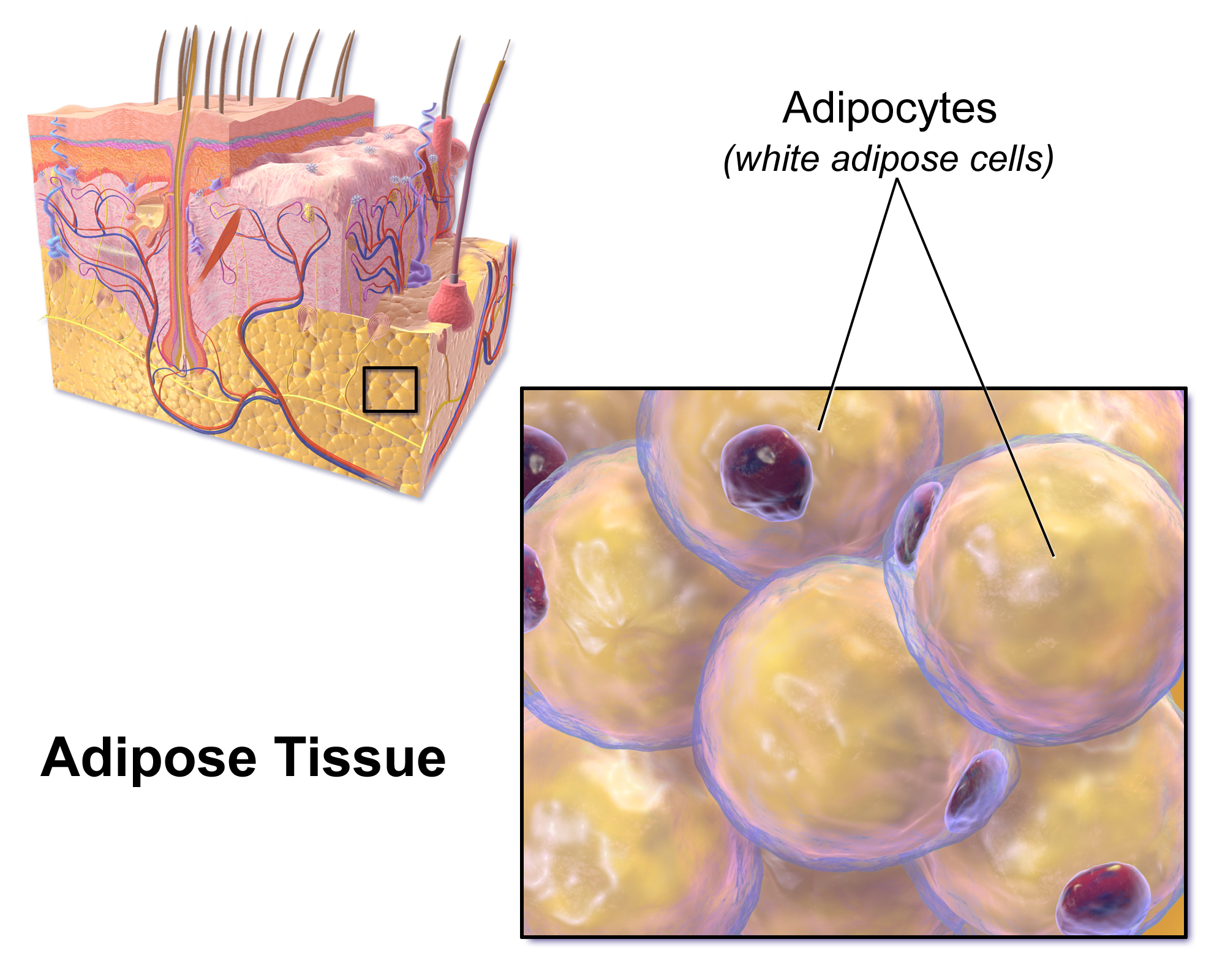
Adipose Tissue
Specialized areolar tissue rich in stored fat.
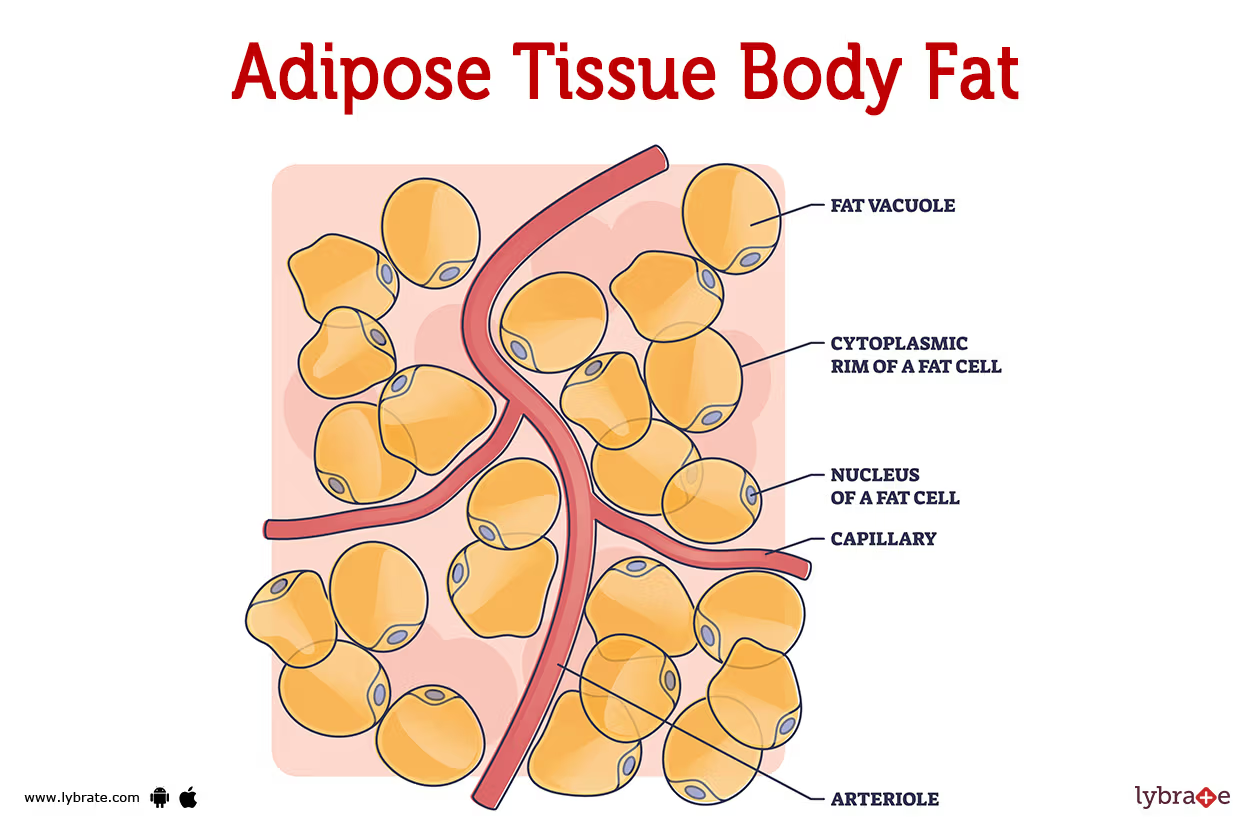
Anchoring Junction
Mechanically attaches adjacent cells to each other or to the basement membrane.

Apical
That part of a cell or tissue which faces an open space.
Apocrine Secretion
Release of a substance along with the apical portion of the cell.
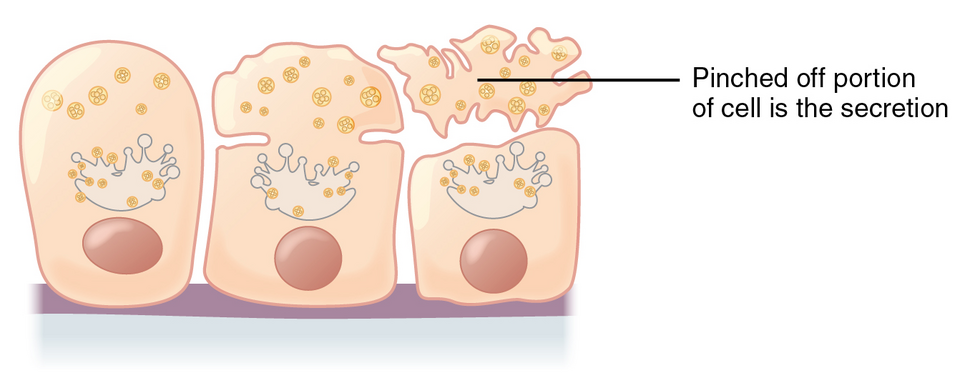
Apoptosis
Programmed cell death.
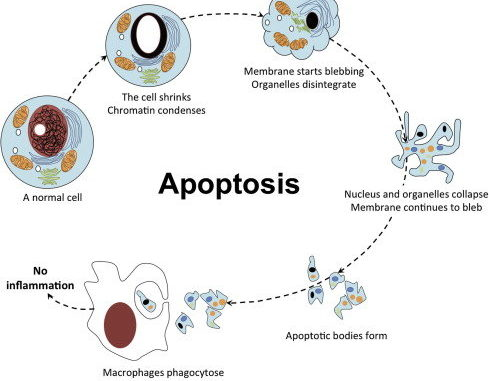
Areolar Tissue
A type of connective tissue proper with cells dispersed in the matrix.
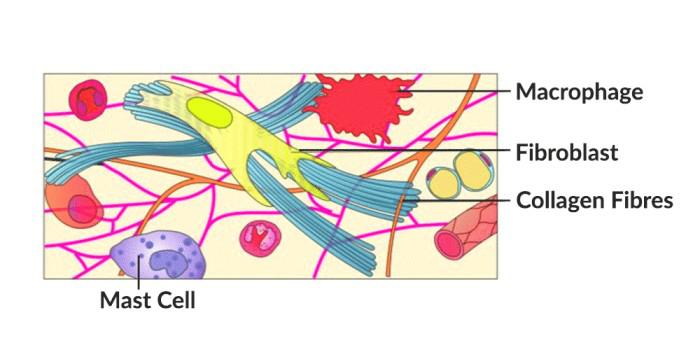
Astrocyte
Star-shaped cell in the central nervous system that regulates ions and neurotransmitters.
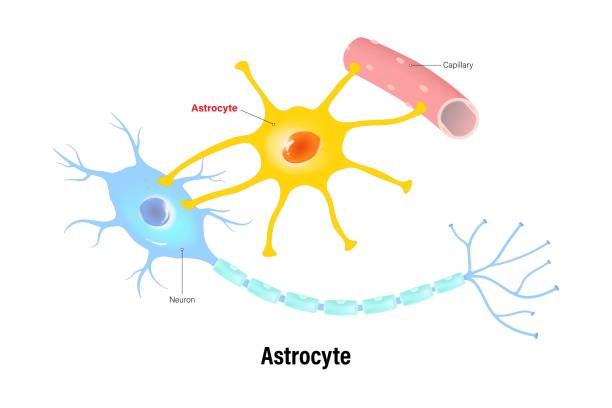
Atrophy
Loss of mass and function.

Basal Lamina
Thin extracellular layer underneath epithelial cells.
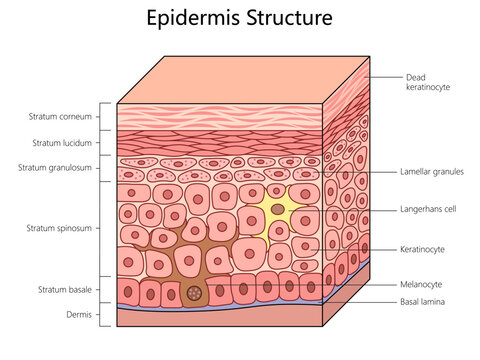
Basement Membrane
Anchors epithelial tissue to underlying connective tissue.
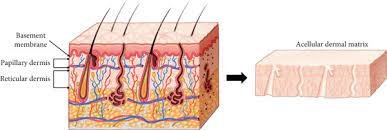
Cardiac Muscle
Heart muscle under involuntary control, composed of striated cells.

Cell Junction
Point of cell-to-cell contact that connects one cell to another in a tissue.
Clotting
Complex process by which blood components form a plug to stop bleeding.
Collagen Fiber
Flexible fibrous proteins that give connective tissue tensile strength.
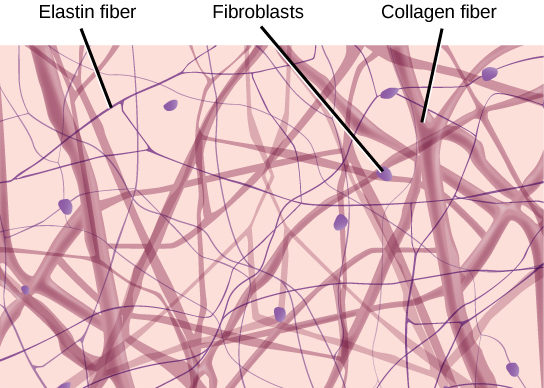
Connective Tissue
Tissue that holds in place, connects, and integrates the body’s organs and systems.

Connective Tissue Membrane
Connective tissue that encapsulates organs and lines movable joints.
Connective Tissue Proper
Connective tissue containing a viscous matrix, fibers, and cells.
Cutaneous Membrane
Skin; epithelial tissue covering the outside of the body.
Dense Connective Tissue
Connective tissue proper containing many fibers for elasticity and protection.
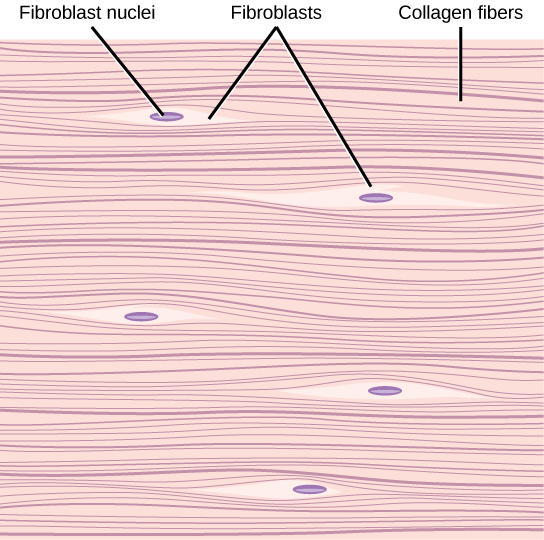
Ectoderm
Outermost embryonic germ layer from which epidermis and nervous tissue derive.
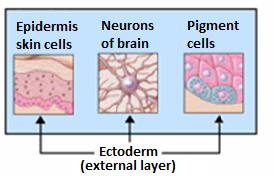
Elastic Cartilage
Type of cartilage characterized by rigid support and elasticity.
Elastic Fiber
Fibrous protein containing elastin that allows fibers to stretch.
Endocrine Gland
Glands that release chemical signals into intercellular fluid to be transported to target organs by blood.
Endoderm
Innermost embryonic germ layer from which digestive and lower respiratory systems derive.
Endothelium
Tissue that lines vessels of the lymphatic and cardiovascular system.
Epithelial Membrane
Epithelium attached to a layer of connective tissue.
Epithelial Tissue
Tissue that serves as a covering or lining of body parts.
Exocrine Gland
Glands that secrete substances through ducts to the skin or internal body surfaces.
Fibroblast
Abundant cell type in connective tissue that secretes protein fibers and matrix.
Fibrocartilage
Tough form of cartilage made of thick bundles of collagen fibers.
Fibrocyte
Less active form of fibroblast.
Fluid Connective Tissue
Specialized cells that circulate in a watery fluid containing salts, nutrients, and dissolved proteins.
Gap Junction
Allows cytoplasmic communications between cells.
Goblet Cell
Unicellular gland found in columnar epithelium that secretes mucous.
Ground Substance
Fluid or semi-fluid portion of the matrix.
Histamine
Chemical compound released by mast cells that causes vasodilation and endothelium permeability.
Histology
Microscopic study of tissue architecture, organization, and function.
Holocrine Secretion
Release of a substance caused by the rupture of a gland cell.
Hyaline Cartilage
Most common type of cartilage, smooth and contains short collagen fibers.
Lacunae
Small spaces in bone or cartilage tissue that cells occupy.
Lamina Propria
Areolar connective tissue underlying a mucous membrane.
Loose Connective Tissue
Type of connective tissue proper with cells dispersed in the matrix.
Matrix
Extracellular material produced by cells, containing ground substance and fibers.
Merocrine Secretion
Release of a substance from a gland via exocytosis.
Mesenchymal Cell
Adult stem cell from which most connective tissue cells are derived.
Mesenchyme
Embryonic tissue from which connective tissue cells derive.
Mesoderm
Middle embryonic germ layer from which connective tissue, muscle tissue, and some epithelial tissue derive.
Mesothelium
Simple squamous epithelial tissue which covers the major body cavities.
Mucous Connective Tissue
Specialized loose connective tissue present in the umbilical cord.
Mucous Gland
Group of cells that secrete mucous, a thick, slippery substance.
Mucous Membrane
Tissue membrane covered by protective mucous and lines tissue exposed to the outside environment.
Muscle Tissue
Tissue capable of contracting and generating tension, producing movement.
Myelin
Layer of lipid inside some neuroglial cells that wraps around axons of some neurons.
Myocyte
Muscle cell.
Necrosis
Accidental death of cells and tissues.
Nervous Tissue
Tissue capable of sending and receiving impulses through electrochemical signals.
Neuroglia
Supportive neural cells.
Neuron
Excitable neural cell that transfers nerve impulses.
Oligodendrocyte
Neuroglial cell that produces myelin in the brain.
Parenchyma
Functional cells of a gland or organ.
Primary Union
Wound edges are close allowing quicker and more thorough healing.
Pseudostratified Columnar Epithelium
Tissue that appears to have multiple layers but consists of a single layer of irregularly shaped cells.
Reticular Fiber
Fine fibrous protein that cross-links to form supporting nets in connective tissue.
Reticular Lamina
Matrix containing collagen and elastin secreted by connective tissue.
Reticular Tissue
Loose connective tissue that provides a supportive framework to soft organs.
Schwann Cell
Neuroglial cell that produces myelin in the peripheral nervous system.
Secondary Union
Wound healing facilitated by wound contraction.
Serous Gland
Group of cells within the serous membrane that secrete a lubricating substance.
Serous Membrane
Tissue membrane that lines body cavities and lubricates them with serous fluid.
Simple Columnar Epithelium
Tissue that consists of a single layer of column-like cells; promotes secretion and absorption.
Simple Cuboidal Epithelium
Tissue that consists of a single layer of cube-shaped cells; promotes secretion and absorption.
Simple Squamous Epithelium
Tissue that consists of a single layer of flat scale-like cells; promotes diffusion and filtration.
Skeletal Muscle
Usually attached to bone, under voluntary control, striated and multinucleated.
Smooth Muscle
Under involuntary control, moves internal organs, spindle-shaped, and non-striated.
Stratified Columnar Epithelium
Tissue consisting of two or more layers of column-like cells, contains glands.
Stratified Cuboidal Epithelium
Tissue consisting of two or more layers of cube-shaped cells, found in some ducts.
Stratified Squamous Epithelium
Tissue with multiple layers of cells with the most apical being flat scale-like cells; protects surfaces from abrasion.
Striation
Alignment of parallel actin and myosin filaments which form a banded pattern.
Supportive Connective Tissue
Connective tissue that provides strength and protects soft tissue.
Synovial Membrane
Connective tissue membrane that lines the cavities of freely movable joints, producing synovial fluid.
Tight Junction
Forms an impermeable barrier between cells.
Tissue
Group of cells that are similar in form and perform related functions.
Tissue Membrane
Thin layer or sheet of cells that covers the outside of the body, organs, and internal cavities.
Totipotent
Embryonic cells that can differentiate into any cell type and organ in the body.
Transitional Epithelium
Stratified epithelium in the urinary tract, with cells that change shape in response to urine.
Vasodilation
Widening of blood vessels.
Wound Contraction
Process whereby the borders of a wound are physically drawn together.